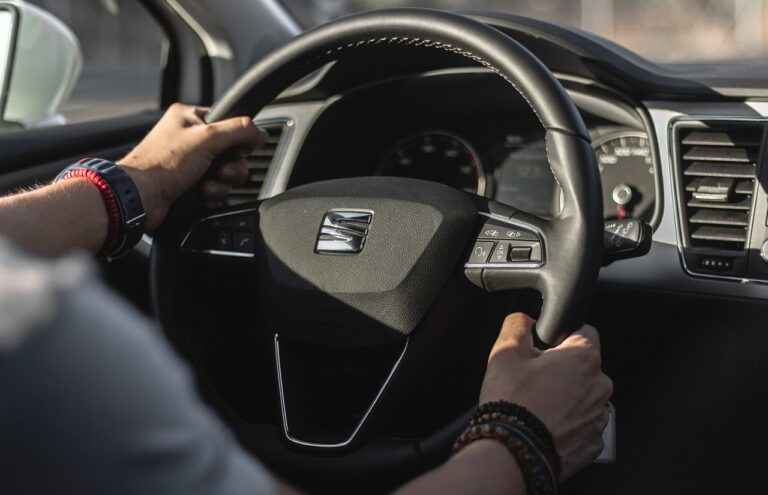The Role of Drones in Autonomous Vehicle Navigation
Autonomous vehicle navigation has undergone significant advancements in recent years. From relying on traditional GPS systems to implementing sophisticated sensors and algorithms, the evolution of navigation technology has been remarkable. Initially, autonomous vehicles depended solely on GPS signals to determine their position on the road. However, with the development of more advanced technologies such as LiDAR and camera systems, vehicles are now able to perceive and interpret their surroundings in real-time, enabling more precise and reliable navigation.
The shift towards a fusion of multiple sensor data inputs has significantly enhanced the navigation capabilities of autonomous vehicles. By integrating data from LiDAR, cameras, radar, and other sensors, vehicles can now create detailed and dynamic maps of their environment. This multi-sensor approach not only improves the accuracy of navigation but also enhances the vehicles’ ability to detect and respond to obstacles and changing road conditions in a more proactive manner. The evolution of autonomous vehicle navigation continues to progress, with ongoing research and development focusing on further optimizing these technologies for safer and more efficient self-driving experiences.
Understanding the Technology Behind Autonomous Vehicles
Autonomous vehicles are equipped with a range of cutting-edge technologies that enable them to perceive their surroundings and navigate safely without human intervention. These vehicles rely on a combination of sensors, cameras, radar, lidar, and GPS to detect obstacles, interpret road signs, and calculate the best route to reach their destination. Through the use of advanced algorithms and artificial intelligence, autonomous vehicles can make real-time decisions and adjustments while on the road.
One crucial aspect of autonomous vehicle technology is machine learning, which allows these vehicles to continuously improve their driving capabilities based on data collected during each trip. By analyzing patterns and learning from past experiences, autonomous vehicles can enhance their ability to anticipate potential hazards, optimize driving routes, and adapt to different road and weather conditions. This technology plays a fundamental role in the evolution of autonomous vehicles, paving the way for safer, more efficient, and ultimately, more widespread adoption of self-driving cars.
What is the main technology behind autonomous vehicles?
The main technology behind autonomous vehicles is a combination of sensors, cameras, radar, lidar, GPS, and advanced software algorithms.
How do autonomous vehicles navigate through traffic?
Autonomous vehicles use a combination of sensors and cameras to detect and interpret their surroundings, allowing them to navigate through traffic safely and efficiently.
Can autonomous vehicles operate in all weather conditions?
Autonomous vehicles are still being developed to operate in all weather conditions, as challenges such as heavy rain, snow, and fog can impair sensor performance.
How do autonomous vehicles communicate with each other on the road?
Autonomous vehicles can communicate with each other through vehicle-to-vehicle (V2V) communication systems, allowing them to share information about their speed, location, and intentions.
How do autonomous vehicles handle complex scenarios on the road?
Autonomous vehicles use advanced software algorithms to analyze and predict the behavior of other vehicles, pedestrians, and obstacles, enabling them to make real-time decisions in complex scenarios.





